The chair of NHS Highland wants to ensure the Scottish Government does not “forget” about rural communities when making healthcare decisions.
Sarah Compton-Bishop discussed the major challenges facing the largest health board in the country with the P&J in a wide-ranging interview.
The discussion came after readers told us their biggest worries about the state of the NHS in the north.
More than 1,200 patients across the Highlands and Grampian shared their personal experiences about life on waiting lists and in cars making long trips for appointments.
Apology to NHS Highland patients on waiting lists
NHS Highland patients told us of waiting over two years for a hernia operation, two years for a knee replacement and over a year for hip replacement among other waits.
Others revealed they had given up waiting and paid to go private for appointments included ADHD diagnoses, back pain and hernia assessments.
Ms Compton-Bishop said: “As a health board we look at numbers and trends but we absolutely recognise every one of them is an individual with a family.
“So the first thing I have to say is an apology to people who are waiting longer than they should. It’s not what we want for any of our communities.”
She added: “Tackling waiting lists is multi-faceted. There are some areas where we’re struggling with that.
“It might be because we’re trying to get staff or demand is now beyond what we’ve traditionally provided.
“We are making steady progress against our treatment time guarantee statistics though.
“Across Scotland we are the highest performing mainland board in terms of making sure our patients get those treatment time guarantees.
“So we’re seeing a lot of people, treating a lot of people, but we need to remember those who are still waiting just want to seen as quickly as possible.”
‘We don’t have the staff to deliver every service in every place’
NHS Highland patients told us of the constant need to travel within the health board from locations including Caithness and Lochaber to Inverness.
But many also revealed they had travelled south to hospitals in Glasgow, Edinburgh and Livingston while bemoaning time they had to take off work for treatments.
When asked if she understood the frustration of patients, Ms Compton-Bishop said: “Yes, absolutely. I’ve lived it myself and know how challenging it can be.”
She added: “We live in these communities ourselves, so we know how valued these services are but we also know they have to be safe and high quality.
“Even taking something like a maternity scan. It’s never going to be unsafe, but it still has to deliver high quality and be sustainable.
“We are trying really hard to balance that out. Going forward in Scotland there will be some things people will be asked to travel for for particular specialities.
“I think that’s a reality we are going to have to adjust to.
“While that’s going on, in NHS Highland we’re looking at ‘Ok, those big things have to go to those big places, but what can we bring back locally?’
“It’s also about retention too. When Moss Park in Fort William was at risk we worked in partnership with Highland Council to save it. We also reopened the Mackintosh Centre in Mallaig.
“It’s a complex picture and I don’t have the answers yet.
“We’re keen to do it though because for us it’s not just about health services, it’s about reversing depopulation and keeping staff and people in our rural communities.”
How National Treatment Cente is easing pressure on NHS Highland
The National Treatment Centre in Inverness was opened two years ago to provide expert treatment for joints and eyes.
It has just had funding confirmed by the Scottish Government to deliver 8,418 procedures in the coming year – an increase of 67% from the previous year.
Patients have already been travelling to Inverness from as far as Aberdeen for appointments with some from further afield now attending.
It was hoped the facility would be one of 10 across Scotland specialising in individual areas away from the volatile pressures of hospitals.
However, Inverness is only one of four that have been delivered with the Scottish Government currently committing to only one more. A decision about the final five is not due until later this year.
Ms Compton-Bishop explained the facility has helped reduce waiting lists not just in NHS Highland but across the country.
She said: “It’s been a real success story. We’re actually almost looking to other boards now and saying ‘Send us your patients.’
“I know some people might ask the question. ‘Well, if you have a National Treatment Centre in the Highlands, why do we still have waiting lists in the Highlands?’
“It’s a good question, and the answer is because you can’t treat everyone there. It’s for specific procedures and specific patients.
“There will be people with more complexity or higher risks who have to be treated at Raigmore, for example, because it’s safest for them.
“What it does do though is alleviate pressure on the whole system and that helps free up capacity in Raigmore for those who need it.”
What NHS Highland wants from Scottish Government
NHS boards across Scotland are facing countless pressures, whether it’s from tightening financial budgets, recruitment challenges or the increasing number of complex health conditions from an aging population.
We asked Ms Compton-Bishop what she wanted to see, realistically, from the Scottish Government to help address local needs.
She said: “The most important thing for me is making that Highland representation so our rural and island communities are not forgotten about when policy is written.
“It’s not all bad news at the moment, we’ve got a cabinet secretary at the moment (Neil Gray) who is from Orkney so he understands rural and island living.
“The most important thing for me is saying to the Scottish Government ‘When you make policy, make sure rural lives are in there as a consideration.’
“It’s political but also about how we work with Scottish Government. We make these representations to civil servants and politicians about which bits our people struggle with and what we would like to see done differently.
“It’s trying to find that balance about working well within Scotland, but also reminding them the Highlands is a phenomenal place with amazingly talented individuals that can deliver fantastic services if we get the policy, workforce and finances to make that sustainable.
“We’re always talking to them about travel times and reminding people how long it takes to get places.”
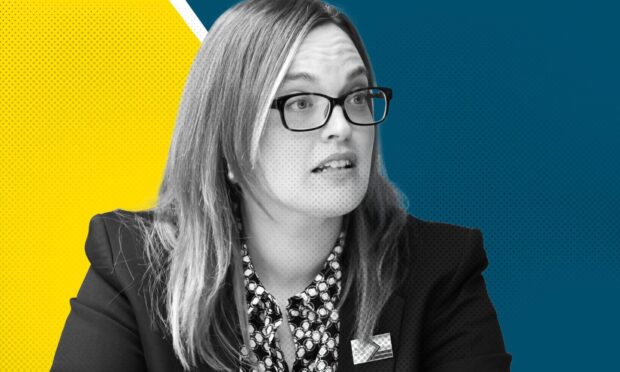
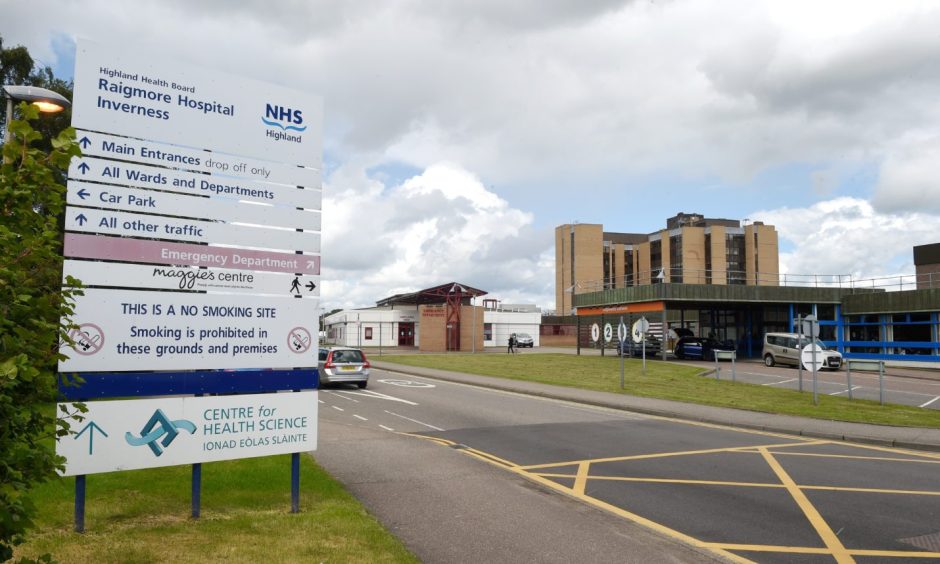
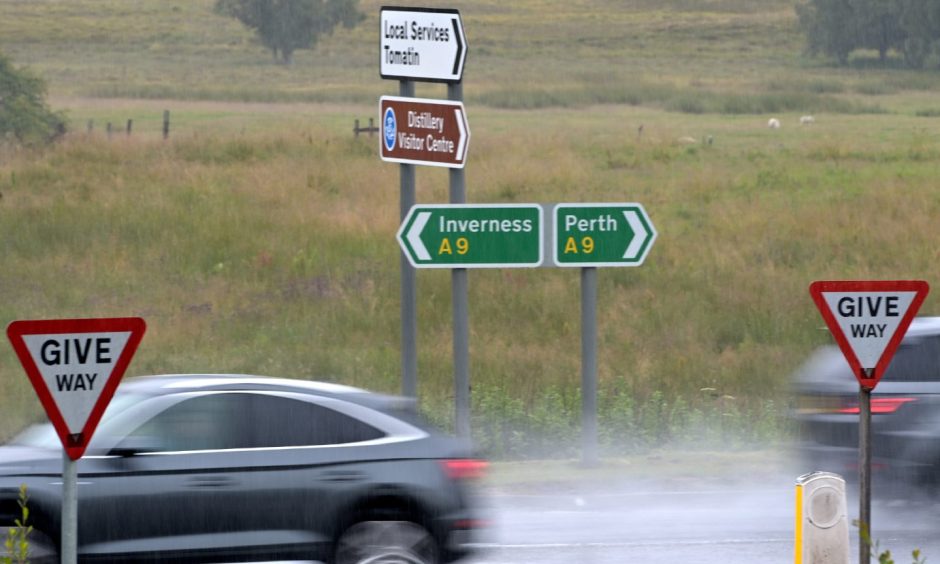
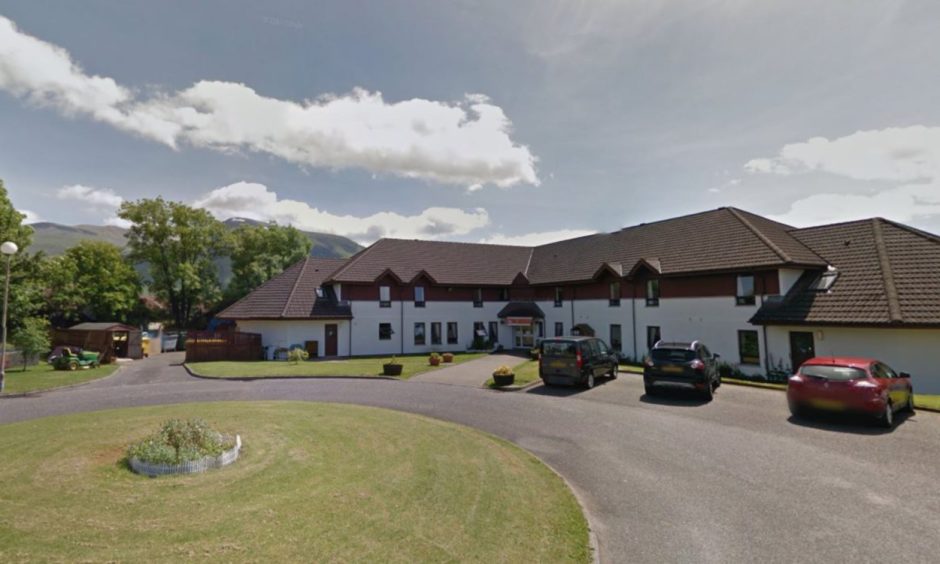
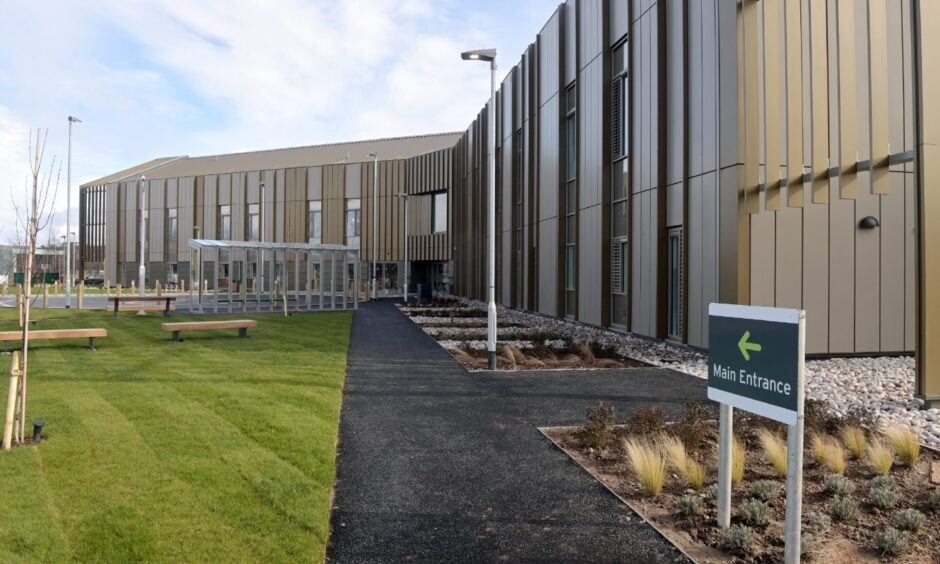
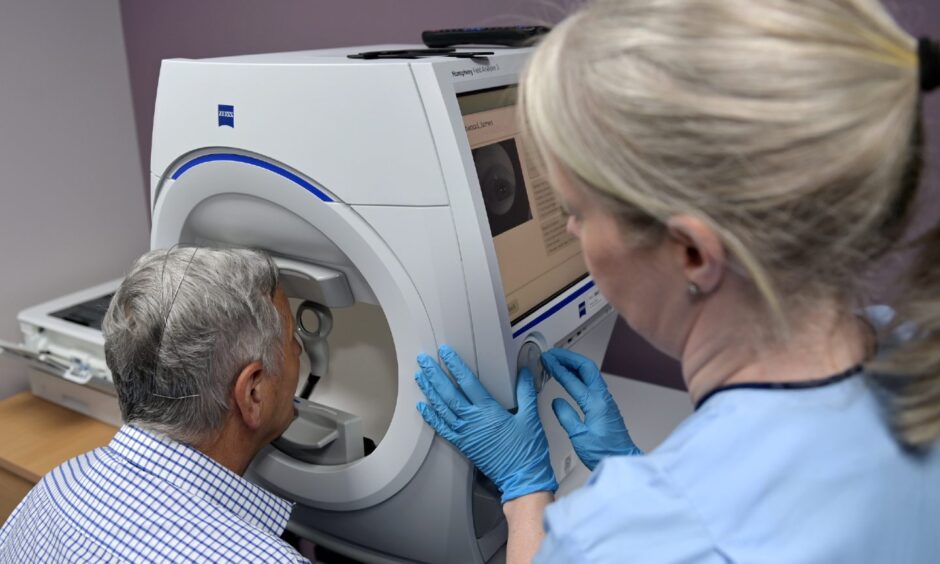
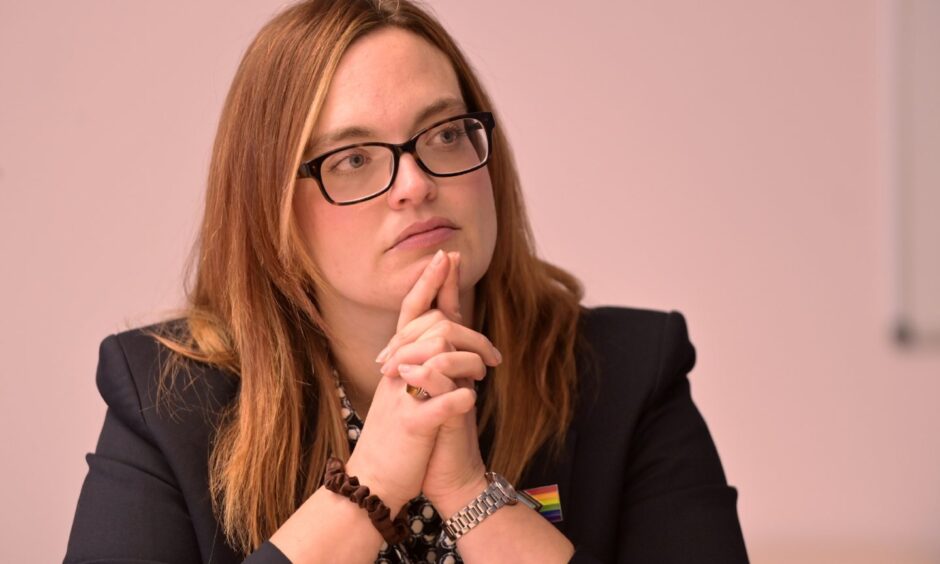
Conversation